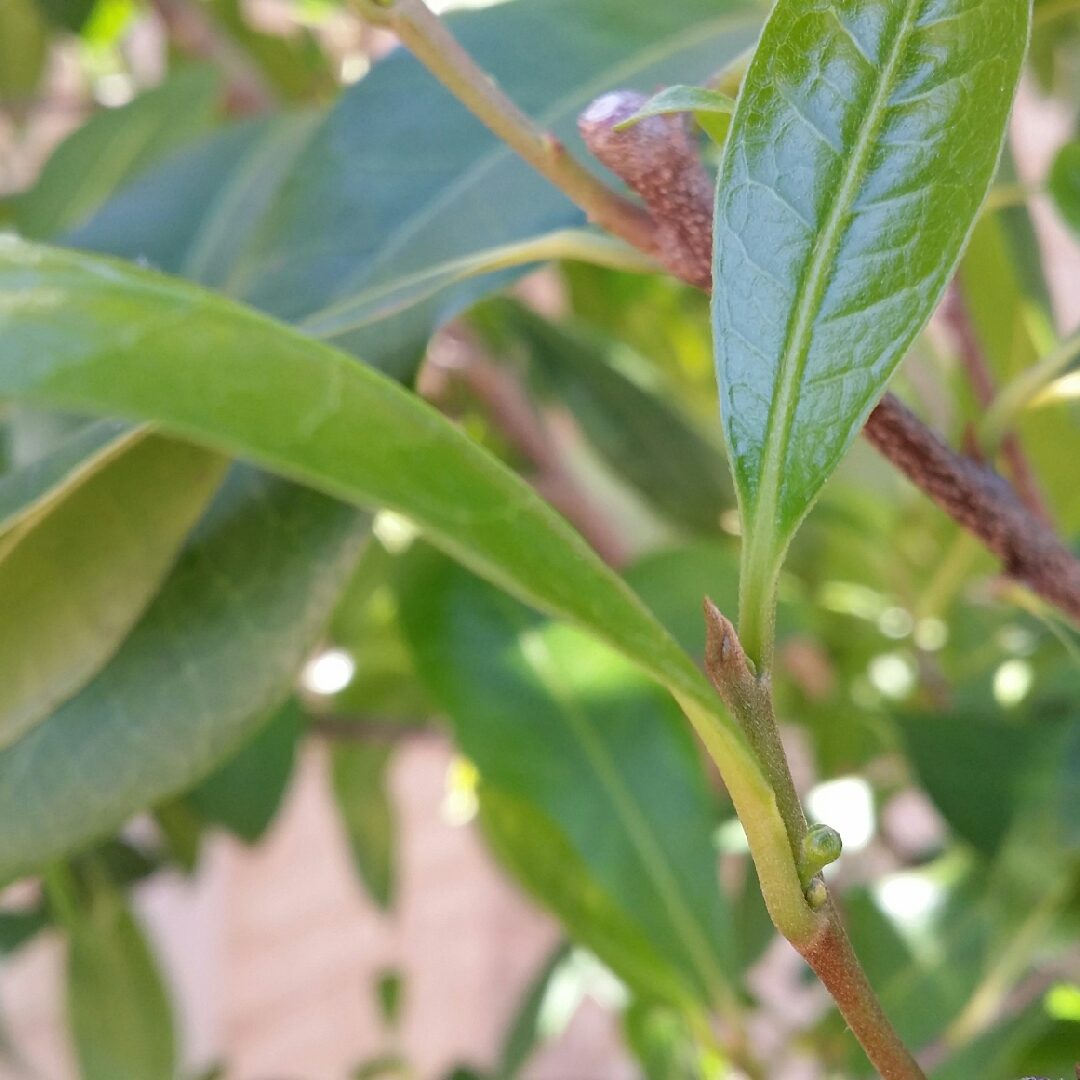
Pouteria australis syn. Planchonella australis
Australian Black Apple Tree
The Australian Black Apple Tree bears a small apple-sized fruit that is eaten by rain-forest mammals. The black-skinned fruit has red edible flesh with a delicate, slightly sweet flavour.
Contributed by @KathyB
-
Full sun to partial shade
-
Very little water
-
Frost Hardy: 23F (-5°C)
-
Moist and free draining
Common name
Australian Black Apple Tree
Latin name
Pouteria australis syn. Planchonella australis
type
Evergreen fruiting tree
family
Sapotaceae
ph
7.3 - 7.0 Acid - Neutral
Plant & bloom calendar
-
Best time to plant
-
When the plant will bloom
full grown dimensions
 6.60 M
10.00 M
6.60 M
10.00 M
Pouteria australis syn. Planchonella australis
The Australian Black Apple Tree bears a small apple-sized fruit that is eaten by rain-forest mammals. The black-skinned fruit has red edible flesh with a delicate, slightly sweet flavour.
Flowering
From Late Summer TO Early Winter
The small, perfect, whitish, almost sessile flowers are produced abundantly along small branches (1.3 to 5.1 cm), and tend to cluster towards the ends of the stems. he bloom season may be in summer, autumn, and winter depending on the cultivar (variety).
Planting young plants
From Early Spring TO Early Spring
The mamey sapote grows well in a wide variety of well-drained soils, from heavy clays to the limestone and sandy soils. Mamey sapote are intolerant of constantly wet or flooded soil conditions. The wet soil conditions decrease the oxygen content in the soil, causing roots to die which weakens the tree. In addition, weakened roots are more susceptible to attack by root rotting fungi.
Propogation
From Early Spring TO Early Spring
Mamey sapote is difficult to propagate vegetatively; however, with proper attention to detail and repeated effort, a high rate of success can be achieved. Grafted trees should not be allowed to become root-bound as this may lead to poor or slow establishment after planting. This can be avoided by repotting into larger containers as tree size increases.
Planting
From Early Spring TO Early Spring
In general, mamey sapote trees should be planted in full sun for best growth and fruit production. Select a part of the landscape away from other trees, buildings and structures, and power lines. Remember mamey sapote trees can become very large if not pruned to contain their size. Select the warmest area of the landscape that does not flood (or remain wet) after typical summer rainfall events.









